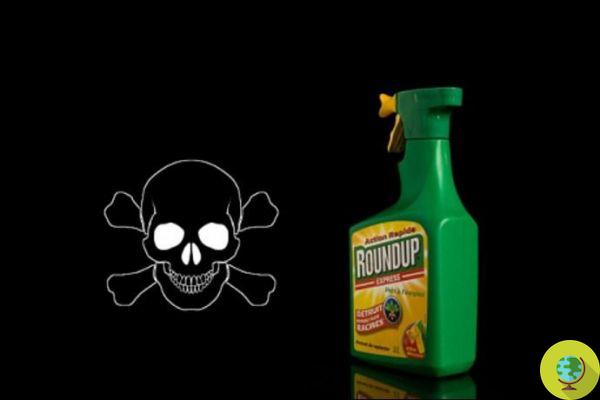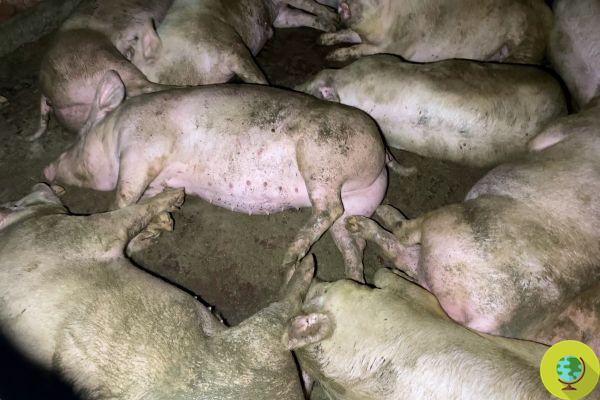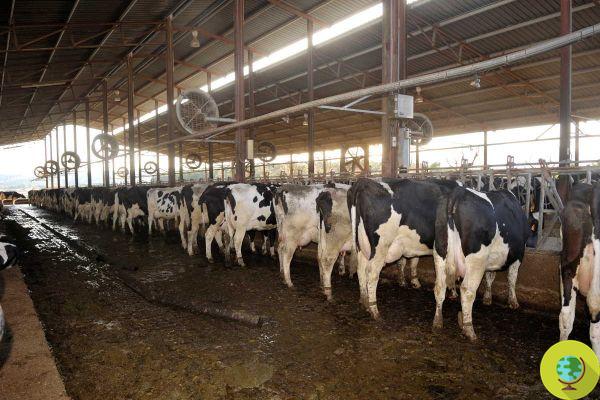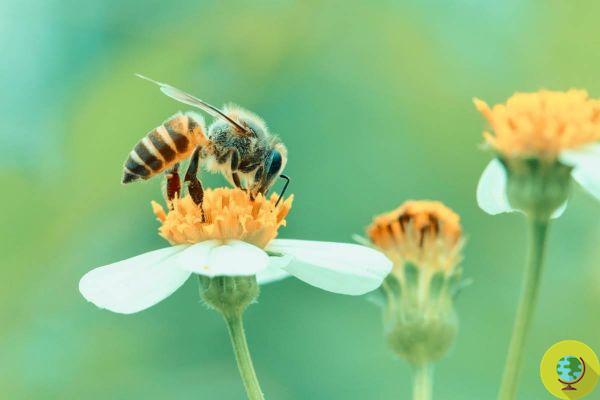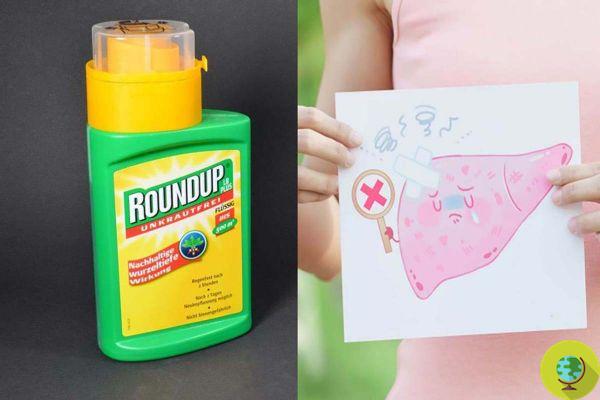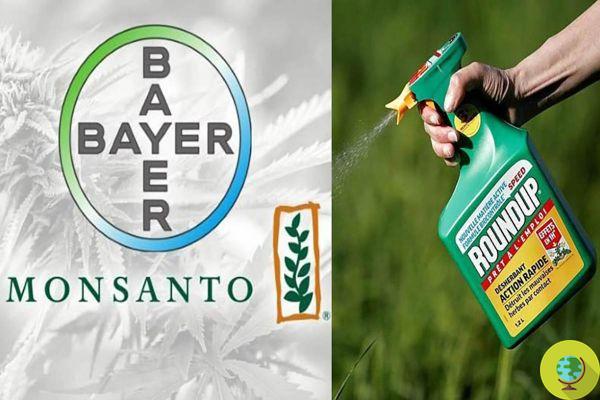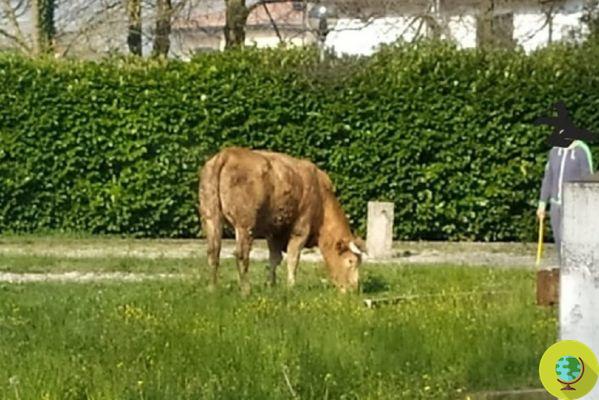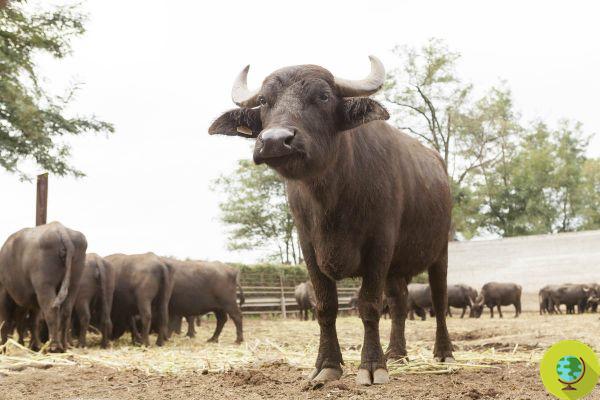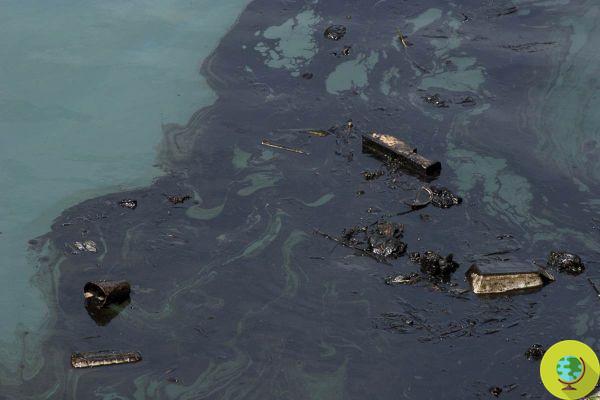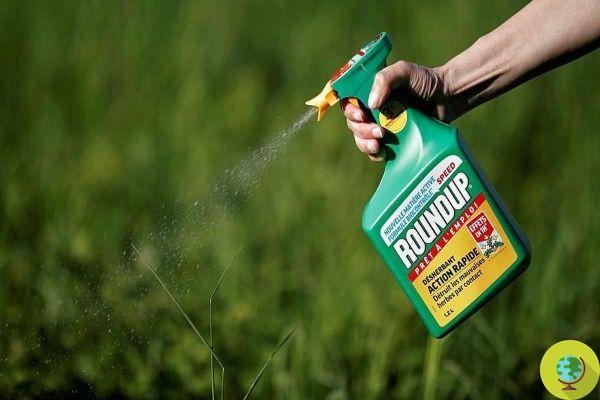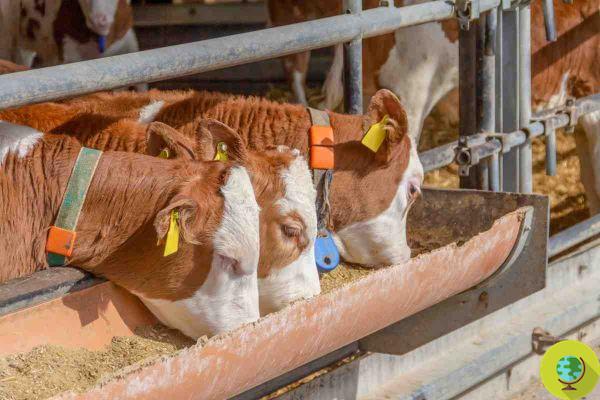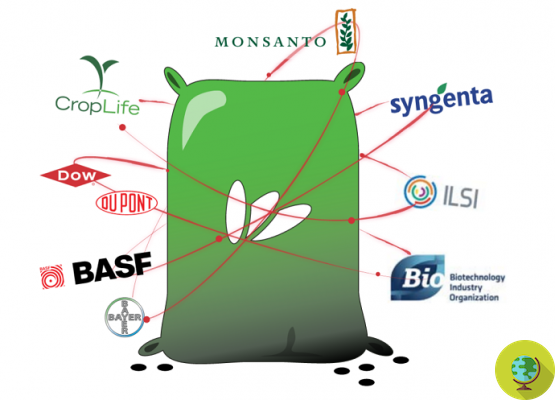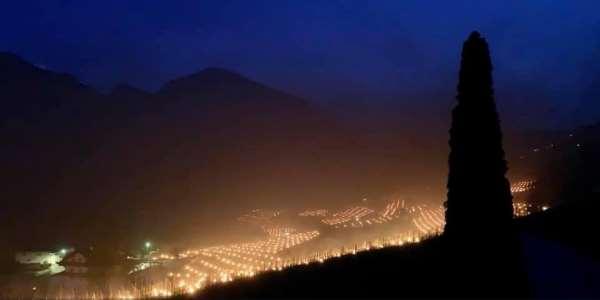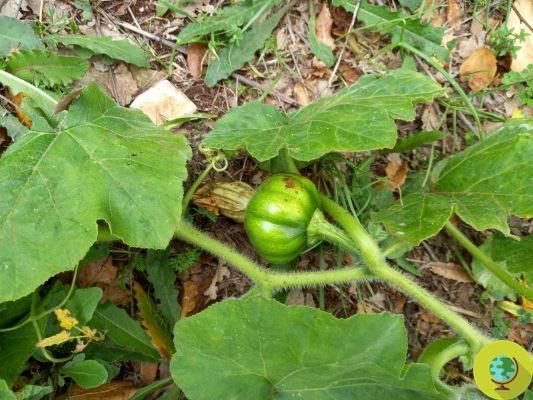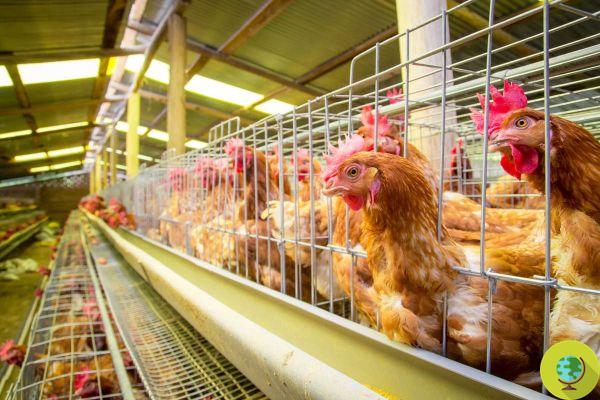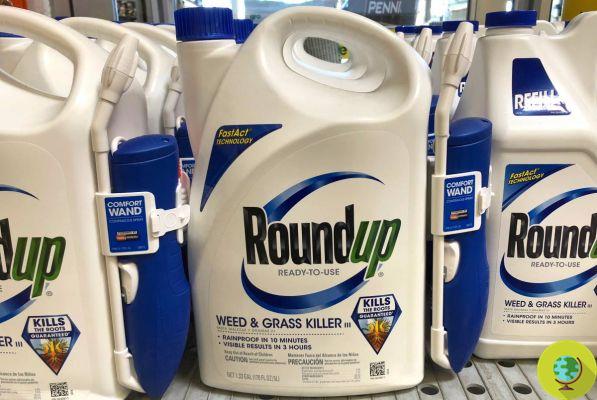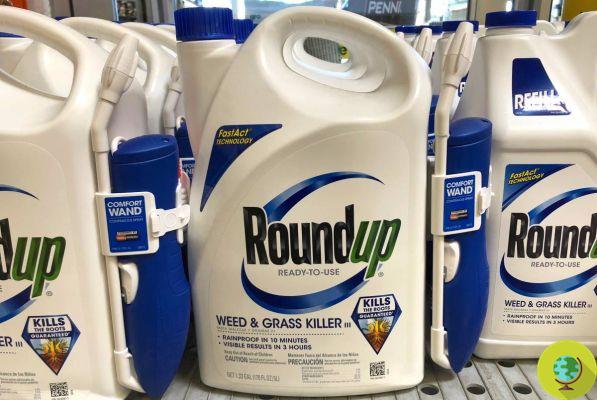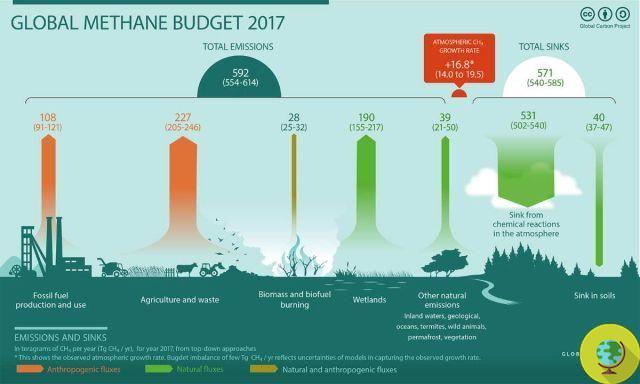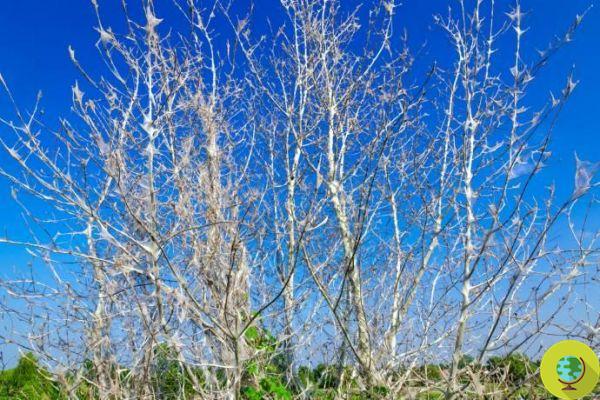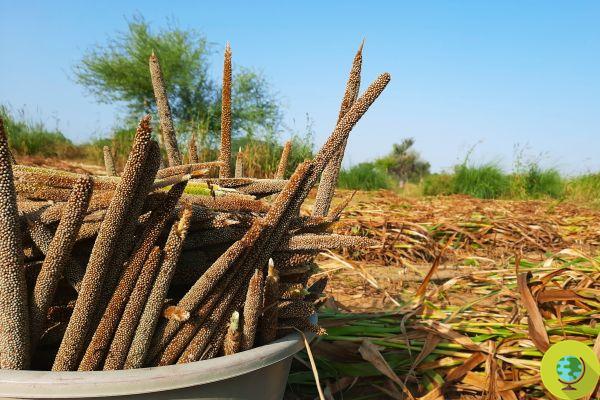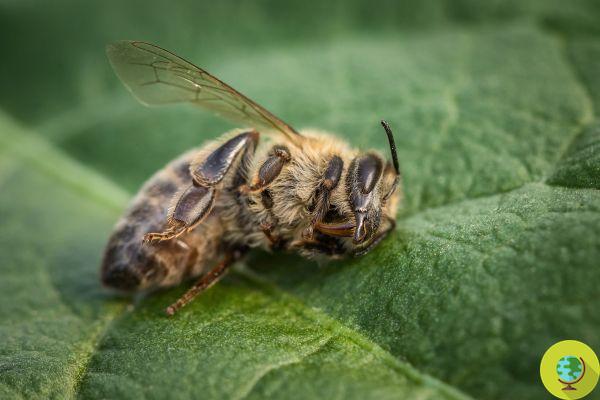
According to this study, glyphosate can also be carried by the wind and end up in the air we breathe.
He is about to end up run over, his mother saves himThe hypothesis of the European Union authorities that glyphosate would not spread through the air has been disproved. According to this study, glyphosate can also be carried by wind and end up in protected natural areas, biological fields and the air we breathe.
An endless story, the one that revolves around glyphosate, considered by many to be carcinogenic for humans. A long history, made up of decisions and postponements: in 2016 the World Health Organization and the FAO in a joint statement established it as unlikely that the intake of glyphosate through the diet could be carcinogenic to humans. The year before, it was the WHO itself, however, who said that the most used pesticide in the world and the main ingredient of Monsanto's RoundUp herbicide was probably carcinogenic to humans.
In short, a mix of studies and opinions that leave only one great consideration: behind it there can only be economic interests. And now the results of the German study "Pesticide pollution of the air" show that glyphosate and dozens of other pesticides travel through the air for kilometers, between parks and cities, and that it continues to (also) have a devastating effect on insects and their habitat.
Read also: US judge saves glyphosate: no label on the danger, because "it is not carcinogenic"
The analysis - the most comprehensive dataset on pesticide air pollution in Germany - was originally published in 2019 and has now been peer-reviewed by independent scientists and published in the journal Environmental Sciences Europe.
However, the EU authorities responsible for the approval process for the use of glyphosate have so far excluded air transport. The use of glyphosate in agriculture is factual admitted to the EU until 15 December 2022, but many countries have no intention of abandoning it in agriculture. In 2017, France promised to ban within three years, but then decided to opt for incentives for farmers who do not use the herbicide. In 2019, the Austrian Parliament approved the ban and then regretted it. In Germany itself, however, Parliament is discussing the government's proposal to ban it in 2024.
Read also: Glyphosate: according to 4 European countries the herbicide is neither carcinogenic nor toxic, but several studies refute this thesis
The EU approval process for glyphosate is based on false facts - thunders Boris Frank, president of the Bündnis für eine enkeltaugliche Landwirtschaft which commissioned the research. Our study, which has now been reviewed by an independent scientific group, shows that the Agricultural toxin binds to dust particles and is transported through the air for many miles across the country. Glyphosate ends up in protected natural areas, biological fields and the air we breathe. Glyphosate must not be re-authorized under any circumstances.
In the peer-reviewed study 'Pesticides and pesticide-related products in ambient air in Germany', agriculturally toxic glyphosate was detected at each of the 69 measurement points totals distributed throughout Germany. It has been found far from potential source fields, including in national parks such as the Bavarian Forest or on the Harzer Brocken.
It has now been clearly demonstrated that agricultural toxins spread far more than the approval authorities have assumed so far. We ask the EU authorities to incorporate these scientifically confirmed results into the re-evaluation of glyphosate. Anything else would be gross negligence, says Christine Vogt, an agriculture expert at Umweltinstitut München.
In addition to glyphosate, dozens of other pesticides have been recorded in the air, as the study shows, as many as 109 different pesticides, of which 28 are not approved for use in Germany.
At each sampling site - explains Maren Kruse-Plaß, lead author of the study and scientist at the TIEM Integrated Environmental Monitoring research office - we identified at least one pesticide. In most of them there were several active substances, and in one site there were as many as 36 different substances. We have a chemical cocktail in the air whose effects on humans and animals are completely unknown.
The Bündnis für eine enkeltaugliche Landwirtschaft and Umweltinstitut München support the European Citizens' Initiative's call for Save Bees and Farmers to gradually ban all synthetic pesticides in the EU by 2035.
Follow us on Telegram | Instagram | Facebook | TikTok | Youtube
Fonte: Environmental Sciences Europe
Read also:
- Glyphosate pasta: the LIST of the origin of the wheat used, brand by brand
- Glyphosate, the data "are not reliable": EFSA's assessment is based on imperfect science (at the service of lobbies)
- Glyphosate: The safety studies that have allowed its use in Europe are not reliable
- Glyphosate: it was supposed to be the first European state to ban it, now France leads the battle to have it reintroduced in Europe




